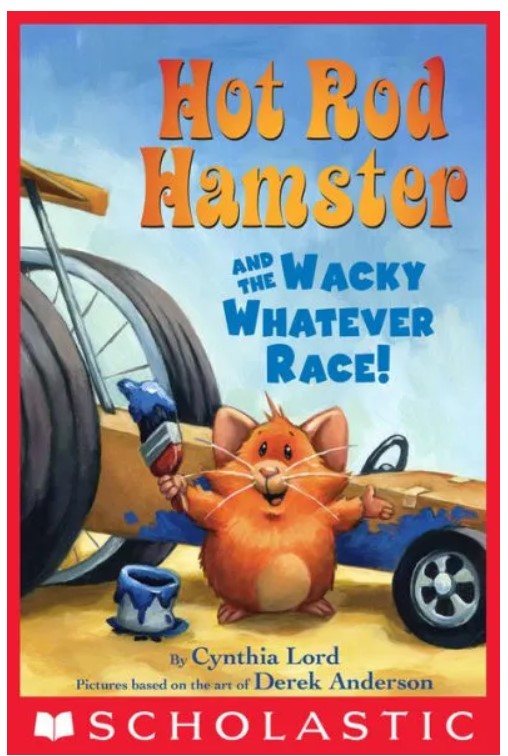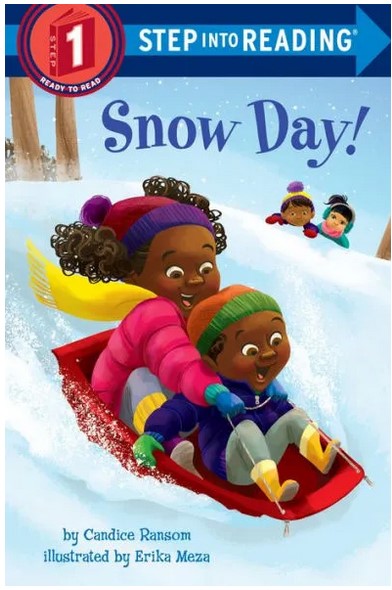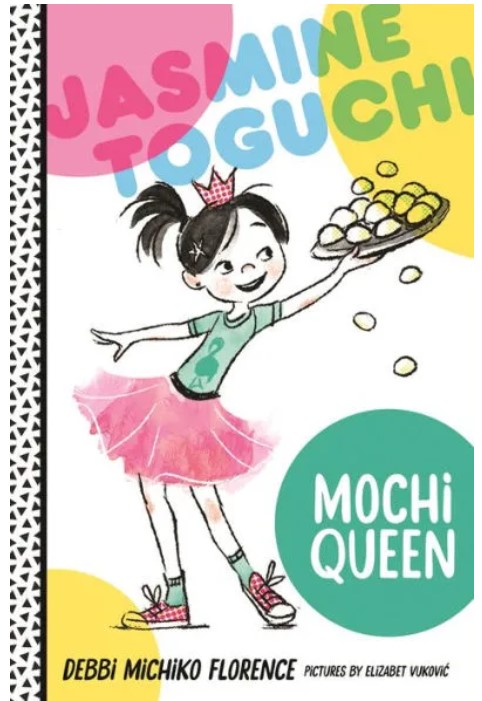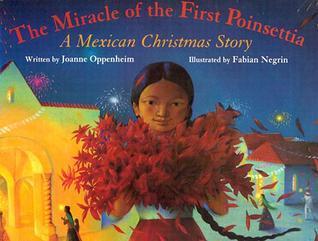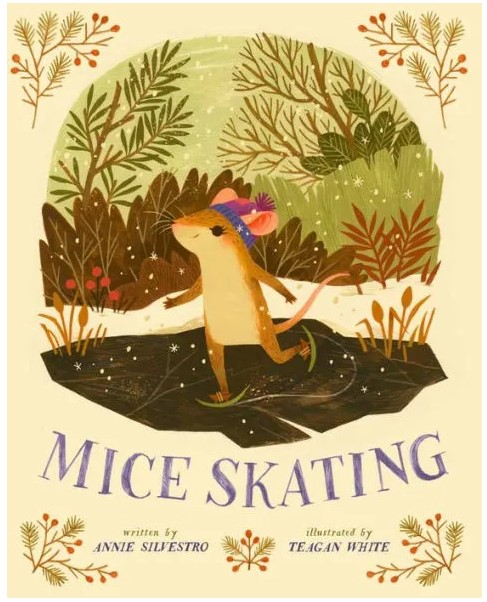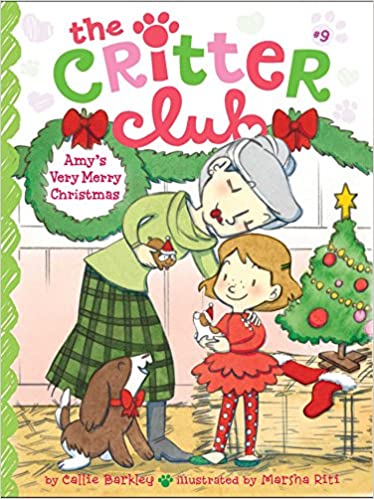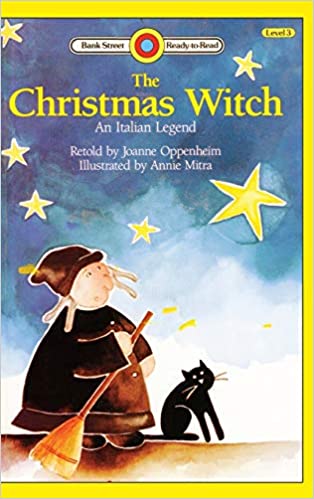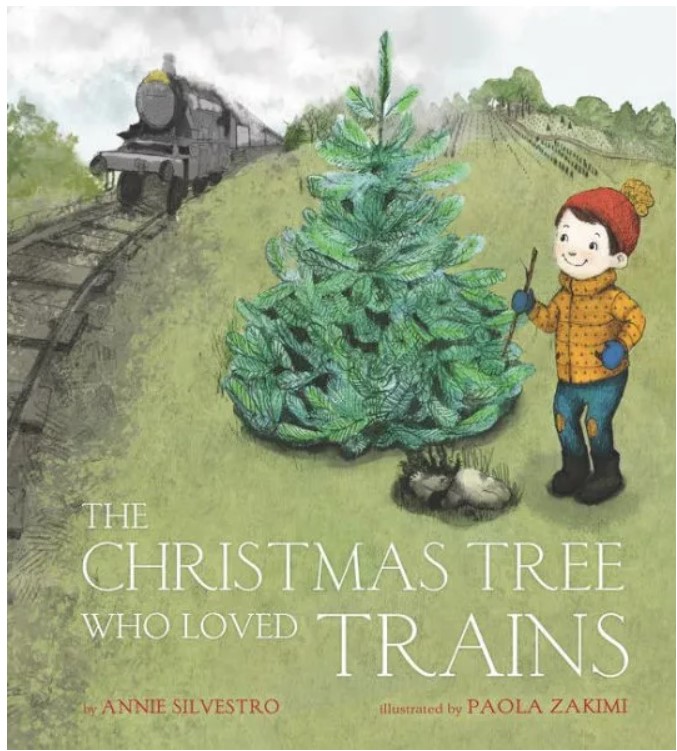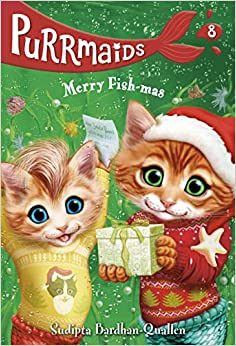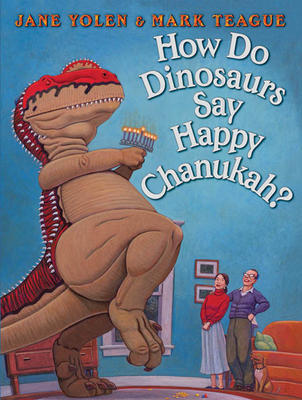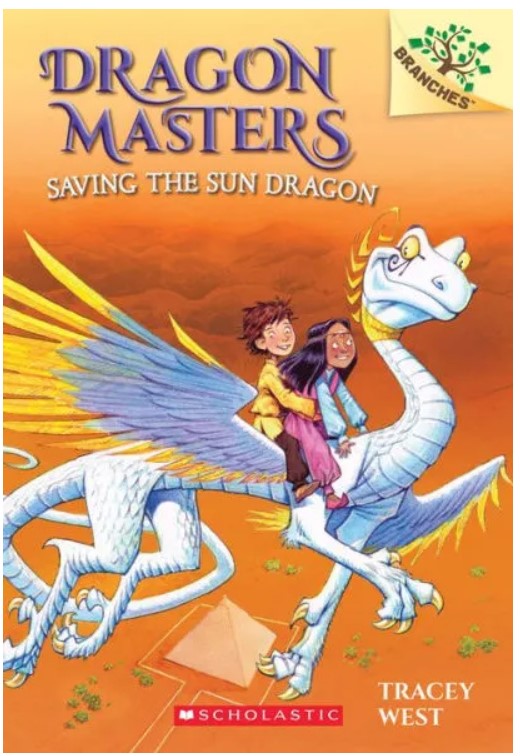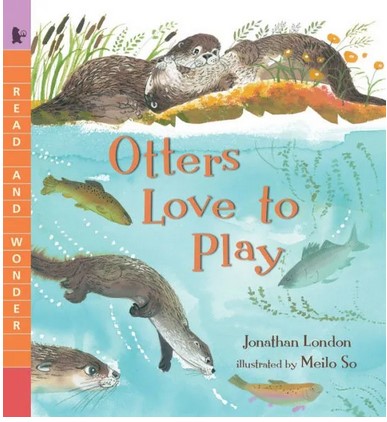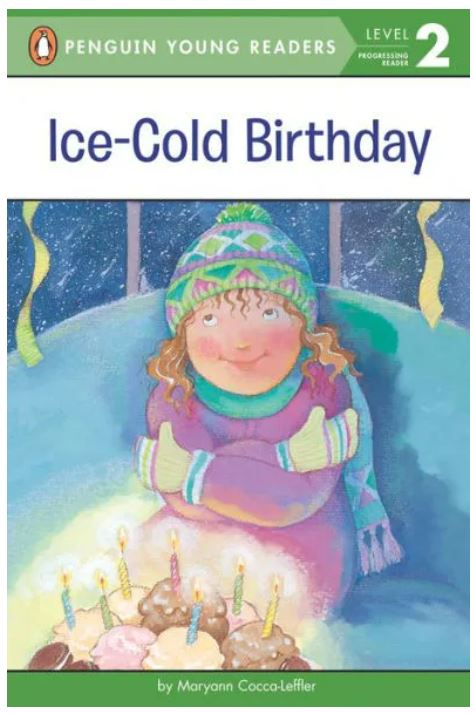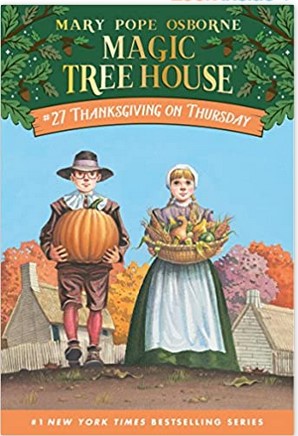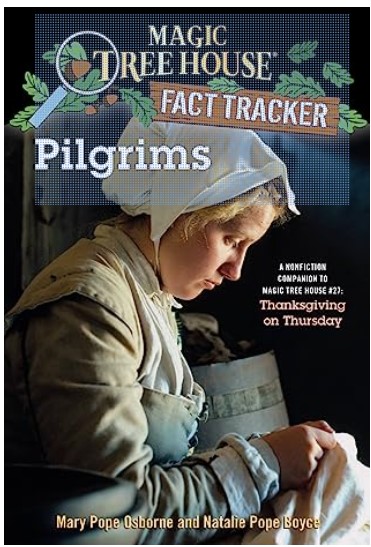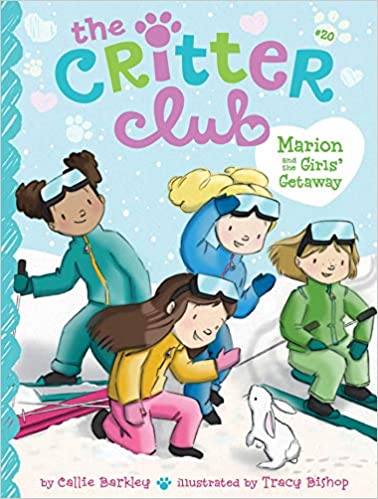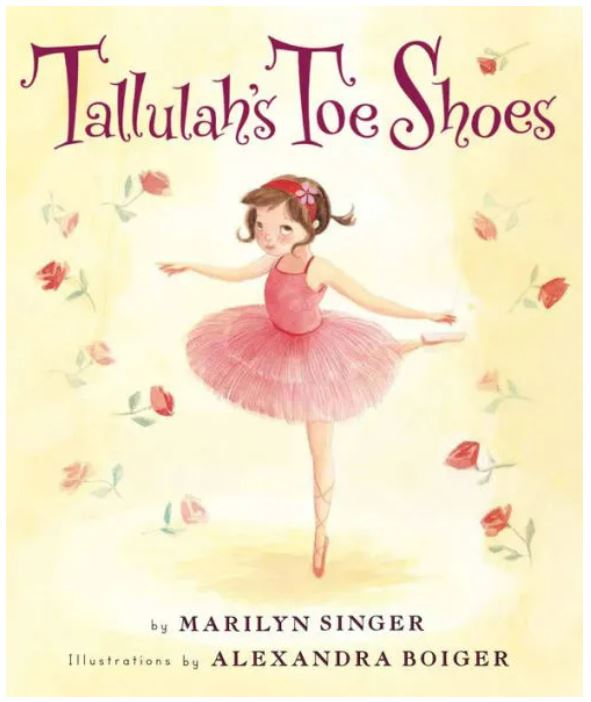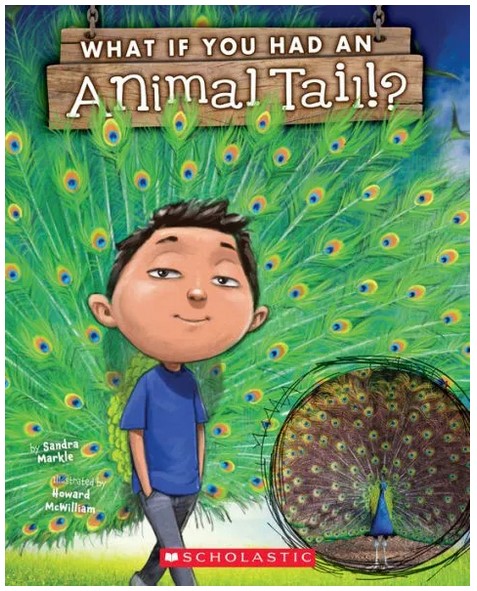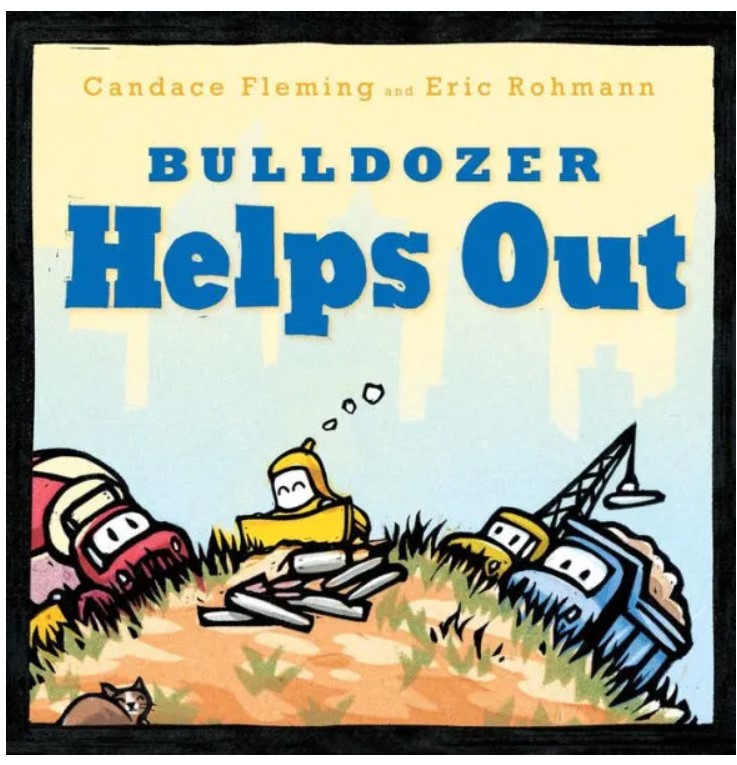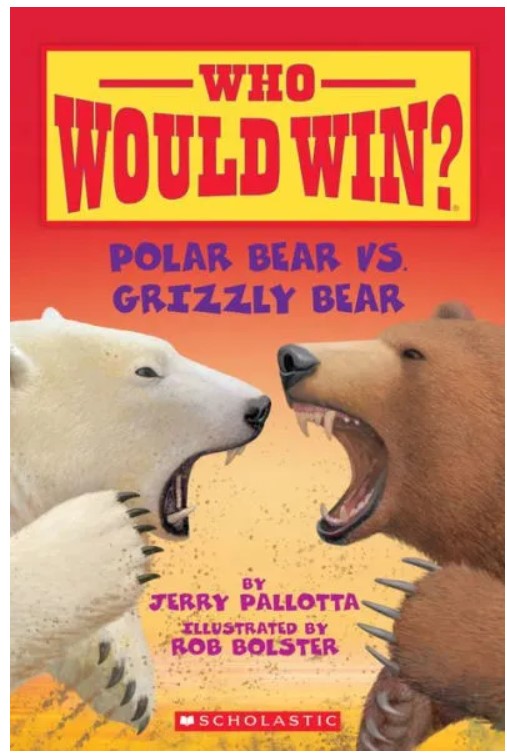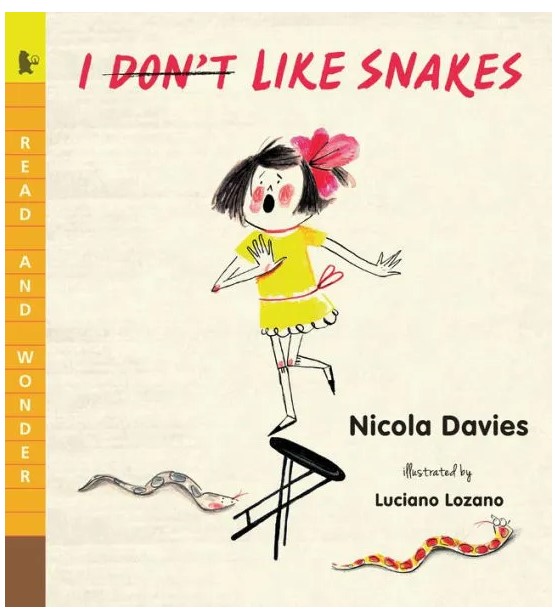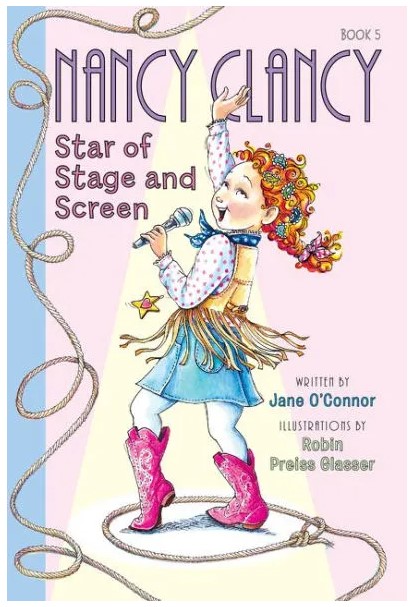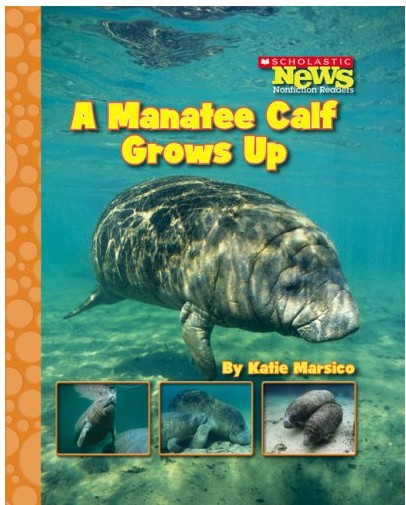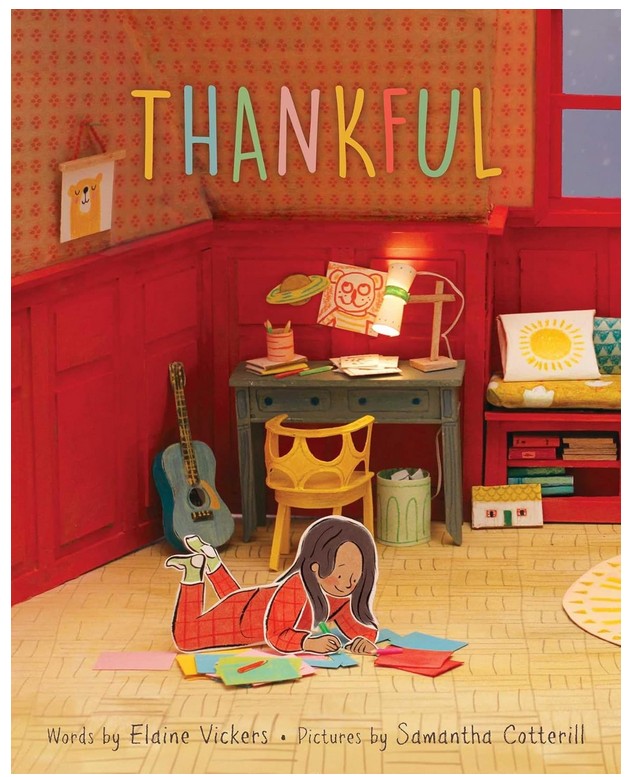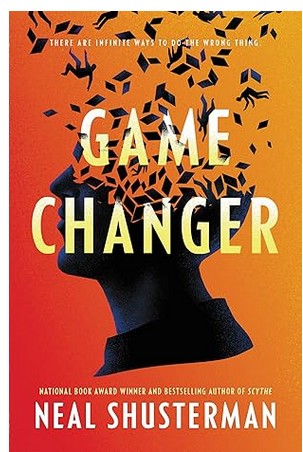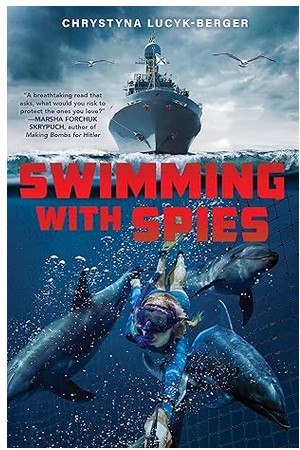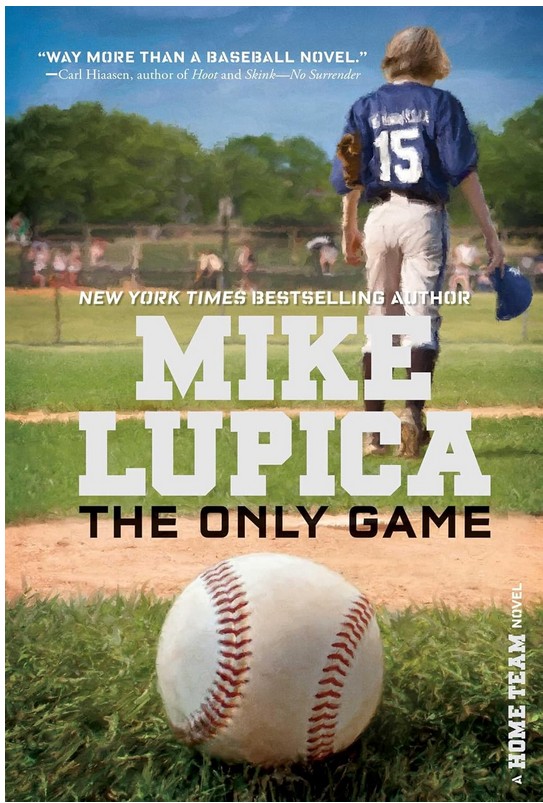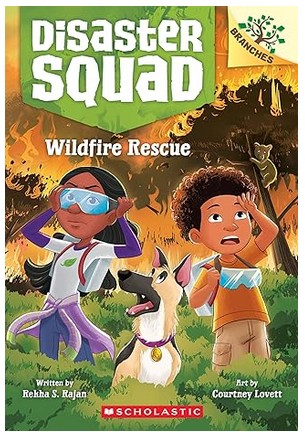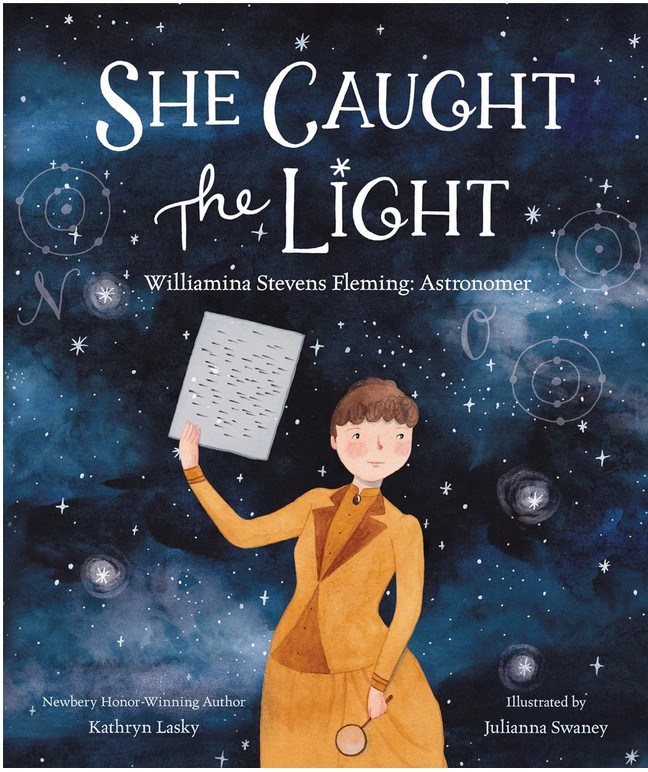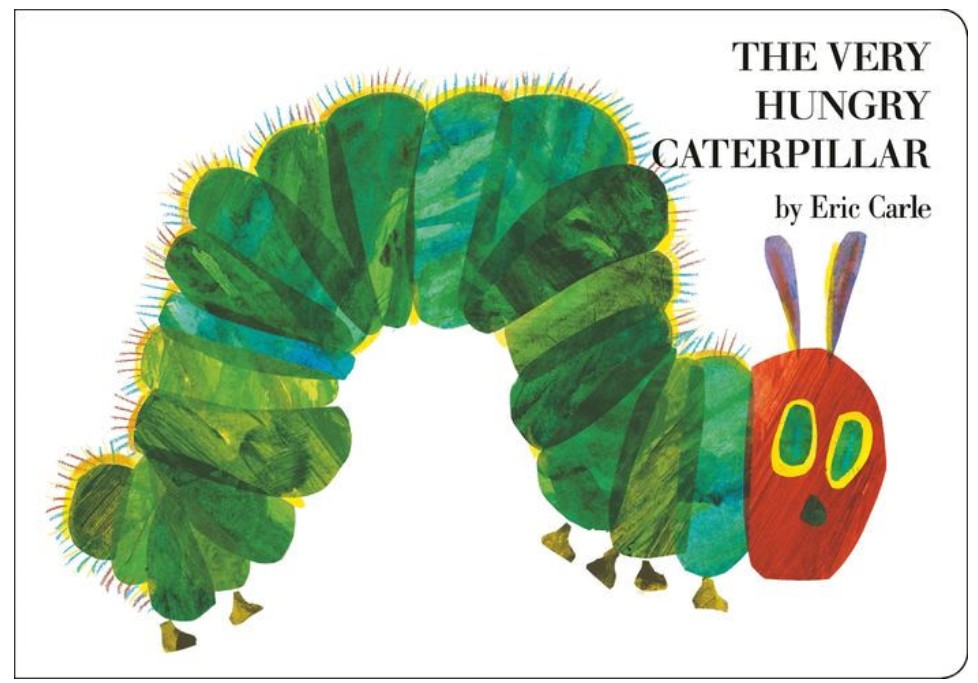Lights, camera, Nancy! This year, Nancy Clancy’s elementary school is putting on a play about the 50 states called The Nifty Fifty. Everyone in her class is so excited to participate, and so is she. After only getting small parts in previous plays, Nancy is ready for something bigger and something with more of a spotlight. So, with her guitar and a song, she auditions. Her nerves and her bully, Grace, tell her she won’t be good enough, but she still performs. Mr. Dudeny, her teacher, is so pleased with her performance that he gives Nancy a callback and, then, a part! Nancy is determined to be the best she can be.
There was much to do before the opening night. All of the students made sure to practice, but Bree, Nancy’s best friend, took her practicing a little too seriously. Every free moment Bree practices her tap routine. She is practicing so much because she is afraid to make a mistake. But Nancy doesn’t understand Bree’s feelings. Nancy’s lack of understanding and Bree’s perfectionist attitude cause a divide between them right before opening night. However, when she goes on stage, Nancy freezes which allows her to finally understand how Bree feels.
Nancy’s parents and sister, JoJo, are her biggest supporters. Nancy’s family gives her advice not only on the fight with Bree but also on her upcoming performance. Nancy’s family is excited when she gets a callback, and they are sympathetic to her when she messes up. Throughout the story, JoJo and Nancy fight like typical sisters but, in the end, they lean on each other. Nancy tells JoJo “Merci mille fois– that’s French for ‘Thank you a thousand times.’ You’re a great sister and you really came to the rescue.”
Star of Stage and Screen has 14 chapters each containing around 10 pages. Black-and-white illustrations, which appear on every other page, break up long pieces of text and show the emotions and actions of the characters. A young audience will find humor in the jokes told about the states. Lionel, who is the MC for the musical, tells most of these jokes. Some of his jokes include, “What did one Volcano say to the other? . . .I lava you!” and “If a cowboy rides into Houston on Friday and leaves a day later on Friday, how on earth can that be? Because his horse is named Friday!” Her family also adds humor to the story. For example, when Nancy’s dad is giving her advice about performing, he tells her, “Right before you start, you look out at the audience and pretend that everyone is in their underwear.” Nancy responds with, “Eww. Daddy, I don’t want to picture the parents undressed.”
Star of Stage and Screen is geared more toward early elementary readers. The different plotlines may be difficult for some readers to follow. Star of Stage and Screen is most relatable to readers who perform in musicals or plays. Readers will empathize with Bree who is terrified of making a mistake in front of an audience. However, they will also empathize with Nancy who deals with stage fright. By reading Star of Stage and Screen, young readers will find comfort in knowing they are not alone. The story teaches the importance of being able to rely on family and friends during difficult times. Readers who enjoy performing on stage should also check out Dancing in the Wings by Debbie Allen and JoJo & BowBow Take The Stage by JoJo Siwa. If you’re looking for books that have positive lessons about friendship, add these books to your reading list: Bo the Brave by Rebecca Elliott and the Purrmaids Series by Sudipta Bardhan-Quallen.
Sexual Content
Violence
Drugs and Alcohol
Language
- One of Nancy’s classmates, Grace, bullies Nancy throughout the story. Grace picks on Nancy by making mean comments. For example, right before Nancy is supposed to audition, her nervousness shows. Grace asks Nancy, “What are you so worked up about? . . . You won’t be one of the stars.’”
- As Nancy awaits a callback, Grace asks Nancy if she heard anything. Nancy replies, “No. Not yet.” Grace then tells Nancy, “Aw, too bad… But there have to be some kids in the chorus right?”
- At dress rehearsal, Grace yelled at Nancy for wearing a country outfit and cowboy hat like her. She accuses Nancy of “copying her” and tells her to change. Luckily, Mr. Dudeny explains to Grace that they could both wear cowgirl outfits.
- Nancy does not reciprocate her meanness. In fact, when Grace is sick and is not able to perform at the show, Nancy calls Grace and says, “I’m sorry you can’t be in the show . . . I feel really bad for you.”
Supernatural
Spiritual Content
